Zoning is complicated. Let’s take a closer look at Zoning around Miami Dade County to get a better sense of how it works, and how it can work better.
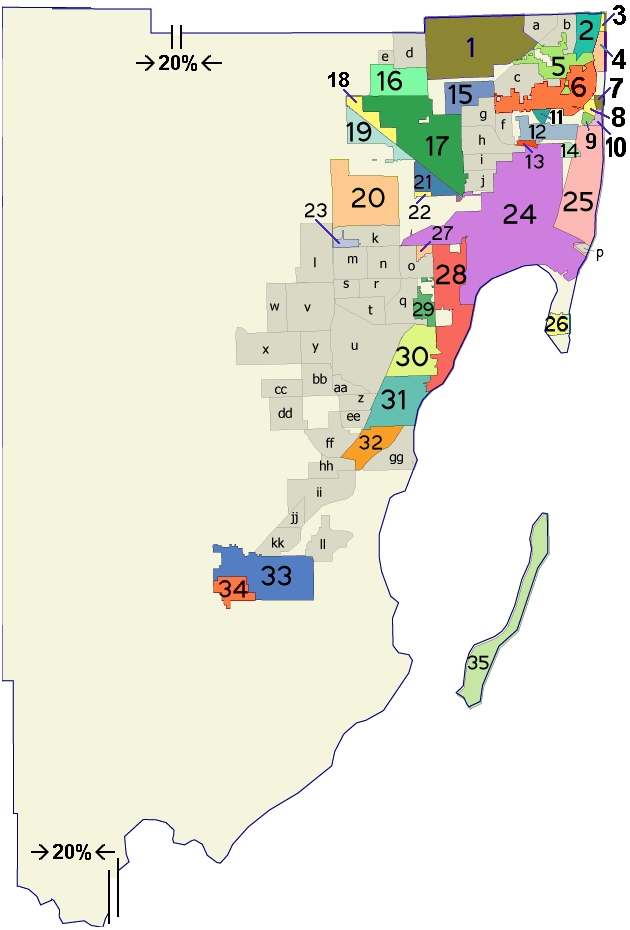
In order to begin to understand Zoning in Miami Dade County it is important to note that the County has over 30 different zoning codes depending on what city, township, or village you are in. Each municipality as well as the unincorporated area of the county has its own zoning code. See above for a map of the county with the many municipalities numbered and colored. The gray lettered areas are unincorporated, census designated neighborhoods.

City of Miami has arguably the easiest to understand Zoning code, as they changed in 2010 to a “form based” code called Miami 21. Form based essentially means that the code regulates the “shape” of the building (size and ground cover) instead of the use of the building. This type of code recognizes the growing trends of multi-use spaces and buildings. Reading the code is easy. It essentially tells you how tall the building can be based on the number. For example, a T5 building can be 5 stories tall (see above for more details).
Miami 21 also has a bias towards walking over driving, pushing buildings towards the sidewalk, not back behind a parking lot. This has been slowly changing the makeup of the streetscape in the city, making way for sidewalk entrances, retail, restaurants and more.
Miami 21 also tends to make sense, using natural barriers like railroads, highways, major roads, and rivers to dictate zoning. In the above example area in the Upper East side, Little Haiti and Little River, the railroad acts as a natural barrier to create an industrial sector. Major roads give opportunities for density. Most are T5 designated, but some, like N 79th St can go up to 8 stories. The loose zoning on Biscayne blvd and the industrial zoning in Little Haiti has allowed for the areas zoning to keep up with neighborhood changes, easily accommodating artists, restaurants, bars and residential.
However, Miami 21 also has a provision called a “Special Area Plan” (SAP) that allows for a developer to ask the city for unique zoning if they collect at least 9 contiguous acres. Above is the SAP application for the 17 acre Magic City Innovation District in Little Haiti. You can see that they took a space that was primarily T5 zoning and converted it to T6-12 and T6-24 next to a single family residential neighborhood. This is a bizarre plan, and is out of character for the form of the neighborhood. It was recently approved.

City of Coral Gables is known to be one of the hardest cities to build in, however they have been on of the most proactive with their zoning code. While they did not do a rewrite like City of Miami, Coral Gables created overlays in areas they wanted to spark commercial growth, and expanded the definition of Commercial and Mixed-Use.
Above is the Coral Gables Central Business district (Miracle Mile) along the border with City of Miami. It uses the natural arteries of Le Jeune and Douglas to create a defined business district. It also uses Ponce De Leon to act as a string connecting the CBD to the Industrial district. The C (Commercial) designation in Coral Gables includes office, residential, entertainment, and retail, creating a vibrant multi-use district.

Miami Dade County‘s code is a little more complicated. This zoning code applies to any area not incorporated by another city. This includes areas like Dadeland, Brownsville, Kendall, the Redlands, and all of the area in the map first shown not in a municipal color. As you can see above, the county has many more zoning types. The county’s zoning map is biased toward cars, and does not impose a structure that makes sense. Most importantly there is no multi-use zoning built into the code. This means you can’t have a restaurant at the bottom of a residential tower. You cannot have an office building with a hotel. You cannot have a retail store with light manufacturing.
The modern uses of a city fall flat in this code. To do any of those things you have to go for a variance. The big exception comes in the form of special districts that take a while to enact, but give builders more freedom.
Above is the area adjacent to Little Haiti which we looked at before, including Model City and Brownsville. It has 2 special districts, the North Central Urban Area District (NCUAD) and the Model City Urban Center District (MCUCD). These districts allow for multi-use zoning and light manufacturing. There are currently 14 special districts around the County, essentially creating an overlay for almost every neighborhood including Dadeland, Goulds, Leisure City, and Bird Road.
The county should codify these districts into a new zoning code that simplifies its overly complex list of uses. It also should be more intentional about density.
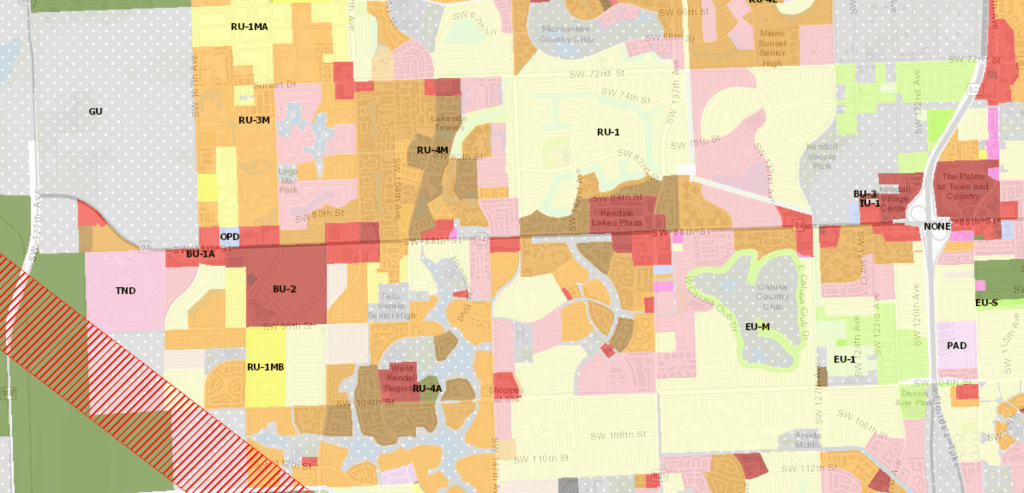
Above is a zoning map of Kendall Lakes and the Hammocks, showing dense residential lots built in the housing bubble, which have exacerbated traffic and threatened the environment. You can also see a strange inverse in this map where less dense RU-1 and EU zones are closer to the highway and more dense RU-3M and RU-4M are further away, at the Urban Development Boundary.
Zoning is boring, dense, and difficult to understand, but it sets up the everyday systems that govern how we occupy and move around our city. That is why cities need to write a zoning code that makes sense and stick to it. Some variances make sense when the neighborhood is changing and a building can positively effect a neighborhood and some do not. Almost every substantial development in the county asks for variances on density and height. That should not be the norm. If cities keep subverting their own zoning codes, it creates adverse incentives for developers to continue to push the system, and build projects that do not make sense.
The county needs a better zoning code that looks toward the future, and sets up the kind of city we want to live in. One that may just have a restaurant at the bottom of your apartment building.
Check out my #MyMiamiStory event on October 22nd all about Zoning!
Follow me on social media to keep up with future posts!
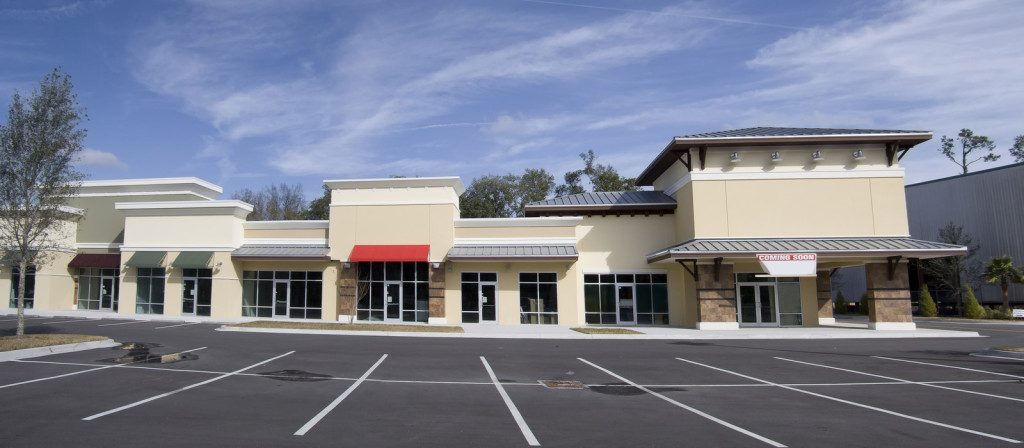



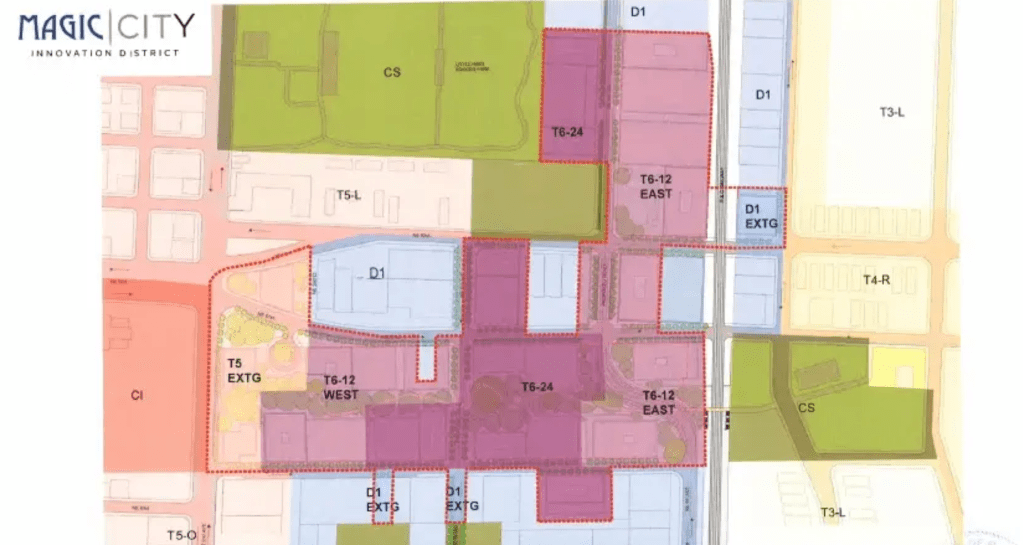


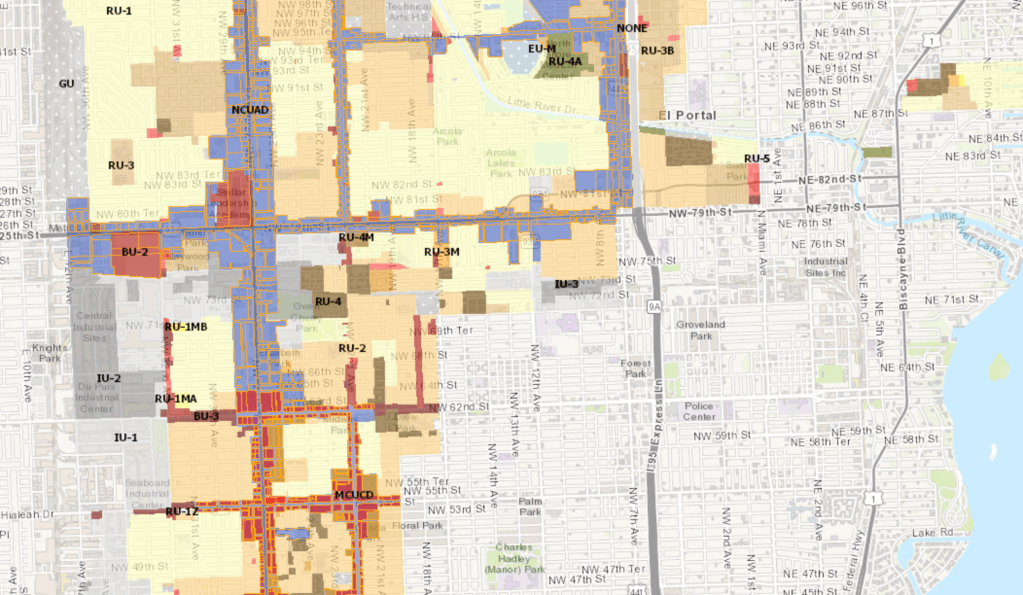
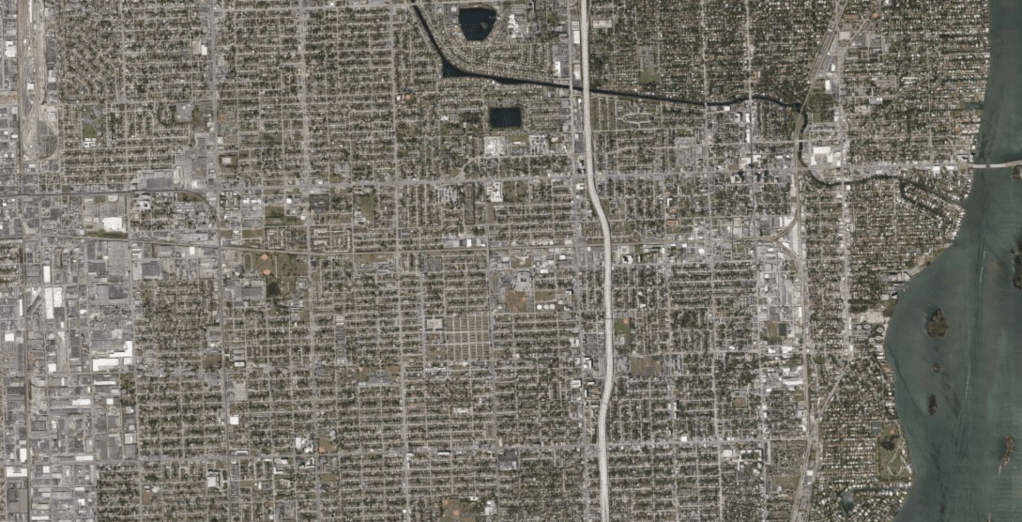
I owned a packaging and shipping store I west Kendall for over 10 years. I also rented u-Haul trucks. Someone put in a complaint to the county about my trucks, which I had permission from my landlord, so the county told me I did not have the correct zoning to store the trucks in my parking lot. After fighting it for a year I was forced to stop renting the trucks. Since the trucks were the main source of my income I had to close my store. How ridiculous was that??? No one in the city or county or the state would help me. It would cost too much money too apply to apply for new zoning and there was no guarantee, no worth it to fight.
LikeLike
Wow! Yes, the county is overly restrictive and without good reasons.
LikeLike